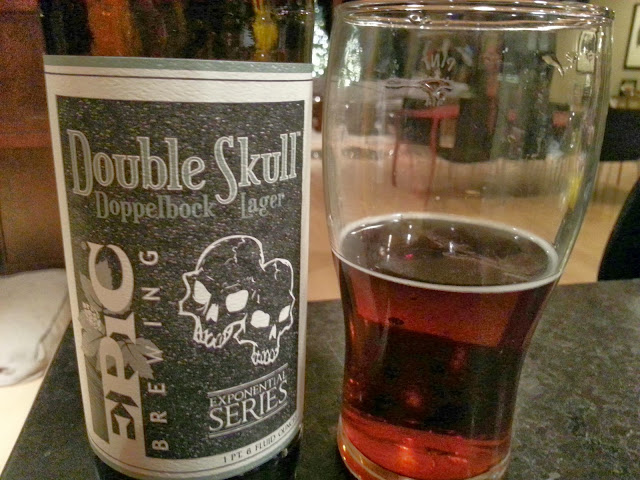2013 has been an excellent year for craft beer. A slew of breweries opened around the nation, hundreds of new delicious beers were brewed, and I can only imagine the amount of people who were converted to craft beer this year. When taking a look at the industry as a whole, what aspects stood out as popular and lasting trends? Here's my take on what to look for, from breweries large and small, heading into 2014.
1. Barrel Aging. I'm sure you've spotted and probably enjoyed barrel aged beers more often lately. The concept of aging beers in oak barrels is far from new, but it's more popular now than ever. Many beer styles can be aged in barrels that previously held spirits like whiskey or rum to give the beer a more complex flavor profile. Stouts, old ales and stronger Belgian styles are some of the more common styles I've enjoyed that went through an aging process. Increasingly popular sour ales are also produced through aging, most commonly using wine barrels as an environment for secondary fermentation with wild yeast strains. Expect to notice even more barrel aged beers in 2014 with more breweries getting their hands on used spirits barrels and breweries like Epic Brewing Company obtaining very large barrels called foeders to expand their sour beer programs.
2. Cans are the Packaging Method of Choice. As I discussed in a previous post, many breweries are moving toward canning as a packaging method. Some breweries, namely Oskar Blues, Ska, Upslope and Renegade, use canning as their primary packaging method for their distributed beers. Cans are better for their environment, easier for transporting, can be enjoyed more conveniently in the outdoors, and preserve beer for longer. Mobile canning lines also make it easier and less expensive for new, smaller breweries to package their product. Expect even more canned craft beer to hit shelves in 2014 and beyond.
3. For Some, Less is More. Session beers are a popular trend right now. A lot of consumers lean toward big, strong, aggressive beers with tons of flavor. Many consumers want those big flavors from beers that don't pack as much of a punch. Some breweries like Avery and Great Divide have begun to experiment with session IPAs that satisfy the thirst for hops but are low enough in alcohol content that they can be enjoyed throughout an afternoon without much impairment. I'd expect to see more breweries go in this direction with a variety of styles in the coming year.
4. Freshness Matters. While some beers can be aged or cellared for a couple years or longer, other beers are meant to be enjoyed fresh. Very hop-forward beers like IPAs and double IPAs are the latter. Stone Brewing Company has made it a priority to let consumers know that hoppy beers are fresh, and should be enjoyed that way. Stone created its "Enjoy By" series of double IPAs in late 2012, providing a specific date by which the beer should be consumed. Not only is it clever marketing, but the series drives home the point that really hoppy beers are best consumed now. As more consumers learn about this important aspect of enjoying hop-heavy beers, I think even more breweries will emphasize freshness in their products.
5. Craft Beer is Here to Stay. The Brewers Association has reported that craft brewers contributed $33.9 billion to the U.S. economy in 2012. The amount that Colorado craft breweries contributed was $1.6 billion. Thousands of jobs are also included in these nation-wide statistics. New breweries are opening every week throughout the U.S., and the industry is showing no signs of slowing down. It's an exciting time for craft beer, and it's an industry that's all about people. It's about learning, discovery, passion, collaboration, and creating an inviting atmosphere for those who are curious and eager to try new things. I plan to help initiate more people into the world of craft beer in 2014 and beyond.










